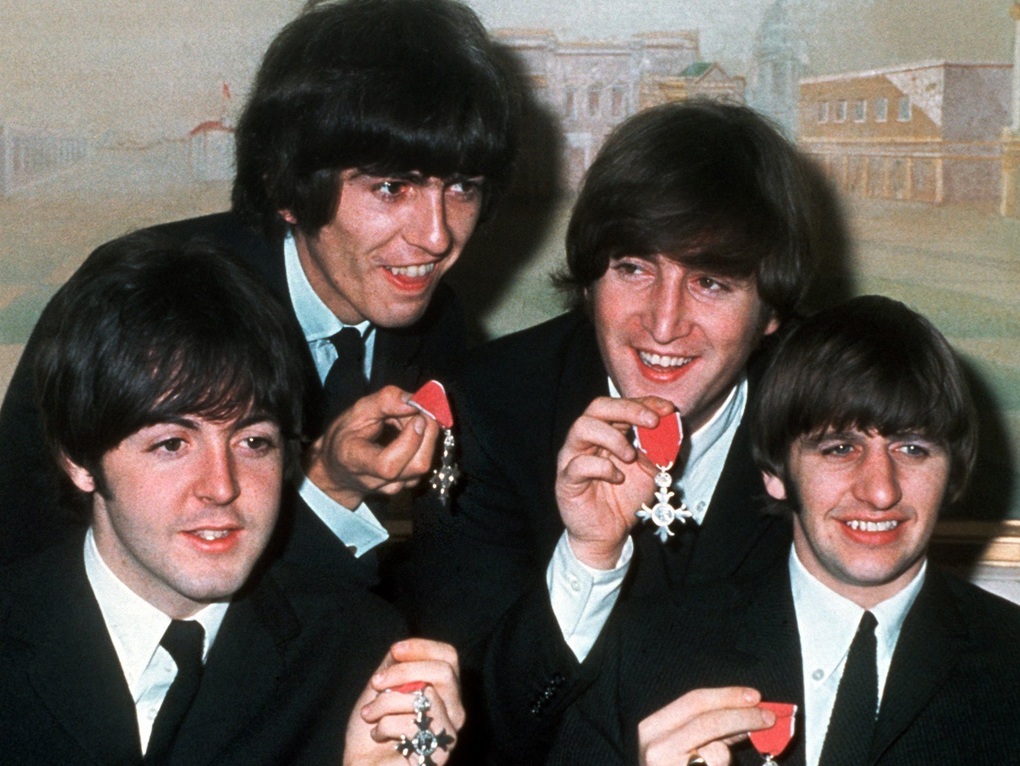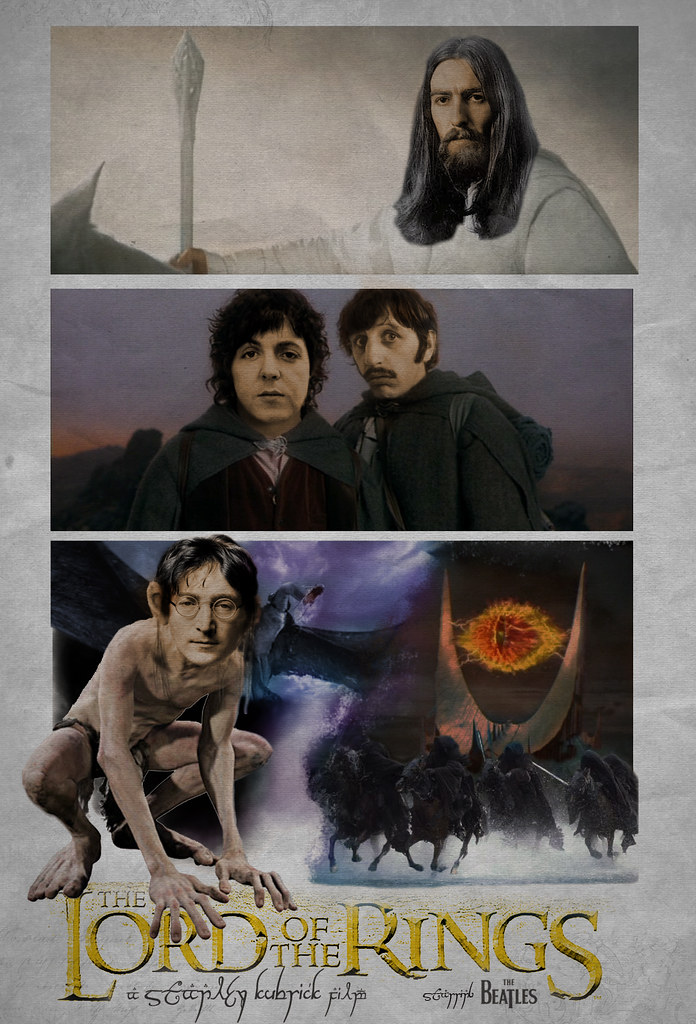
variety.com
The Beatles’ ‘Help!’ Turns 50 and How They Almost Starred in ‘Lord of the Rings’
Tim Gray
Awards Editor
@timgray_variety
AUGUST 25, 2015

GEORGE KONIG/REX SHUTTERSTOCK
There was a lot of hoopla this year over “The Sound of Music,” but that isn’t the only musical celebrating its 50th anniversary.
The Beatles’ “Help!” opened on Aug. 25, 1965, and the general consensus at the time was that it was the second-best Beatles movie ever made.
When the quartet made their film debut in 1964 with “A Hard Day’s Night,” Beatlemania guaranteed box office, but artistic expectations were low. Whenever rock-pop acts had previously hit the bigscreen, they were often in quickie exploitation fare, such as “Don’t Knock the Rock” (featuring Bill Haley & the Comets and Little Richard) and “Twist Around the Clock” (Chubby Checker) or the dozen Elvis Presley movies (with Col. Tom Parker bragging that each film was completed in 15 days).
So “Hard Day’s Night” took everyone by surprise, even earning two Oscar nominations. That set the bar awfully high for “Help!” Critics and audiences were upbeat but not rapturous; it was fun to see the Beatles in color, but reaction was mixed on the idea of the quartet playing themselves but this time with a plot. There was also a bit of backlash stemming from the Beatles receiving royal MBE honors (or honours), with some critics carping that they were too new to be rewarded for their contributions to the British empire. If there was a little disappointment at the time, affection for the film has grown in the past 50 years.

Variety on Aug. 18, 1965, said the budget for “Help!” was roughly three times the $560,000 production budget of “Hard Day’s Night” because the Beatles’ salary had doubled, the film was in color (costlier than B&W) and, instead of filming solely in the U.K., it lensed in Austria and the Bahamas. And, significantly, their share of the profits was increased.
“Help!” (at one point titled “Eight Arms to Hold You”) was a spy spoof scripted by Marc Behm and Charles Wood, about a cult pursuing Ringo’s ring. But, as in the first film, the quartet played themselves.
Both Beatles films were fueled by Americans, producer Walter Shenson and director Richard Lester. Just before “Help!” opened in the U.S., Shenson told Variety that “the boys” want more plot and acting in their third venture. Their philosophy was “Whatever we do, let’s make each picture different.”
That search for difference led them down some weird paths. At that point, the top candidate for their third film was “A Talent for Loving,” a comedy-western based on a novel by Richard Condon, who also wrote the novels “The Manchurian Candidate” and “Prizzi’s Honor.” Shenson admitted that the idea was “problematic,” but said the novel had the right anarchic spirit. Shenson later produced 1969’s “Loving,” starring Richard Widmark and Topol, subbing for two of the Fab Four.
That wasn’t the weirdest project. At one point, the Beatles wanted Stanley Kubrick to direct them in “The Lord of the Rings.” John, Paul, George and Ringo would respectively play Gollum, Frodo, Galdalf and Sam. But J.R.R. Tolkien turned them down. It’s not clear whether Tolkien just realized how unsuited the four would be to a fantasy epic, or whether he had a more personal objection to their noisy practicing. In a letter, he wrote: “In a house three doors away dwells a member of a group of young men who are evidently aiming to turn themselves into a Beatle Group. On days when it falls to his turn to have a practice session the noise is indescribable.”

In his 1965 review of “Help!” Variety’s Richard Gold said the four were engaging, but not yet actors. “They are moneyspinners, but how they develop as artists is a riddle.”
Their three-film contract with United Artists was eventually filled by the 1970 documentary “Let It Be.” (The animated “Yellow Submarine” didn’t count.) Each of the four Beatles appeared separately in films, but acting always took a back seat to their music.
But to the question how they would develop as artists, the answer is that they were in a class by themselves. Musically, each album became an event, including “Revolver,” “Sgt. Pepper’s Lonely Hearts Club Band,” “Magical Mystery Tour,” the White Album, “Abbey Road” and “Let It Be” (1970), their final album. They influenced fashion (from their mod moptop look of the early days to the hippie style later) and introduced the world to meditation and drug experimentation.
When they broke up, the four had only been performing together for eight years. Fans were despondent — but at least by that point, no one was questioning their royal honor or their contributions to the British empire.

Life magazine April 24, 1970, with article about the breakup of the Beatles.

No hay comentarios:
Publicar un comentario